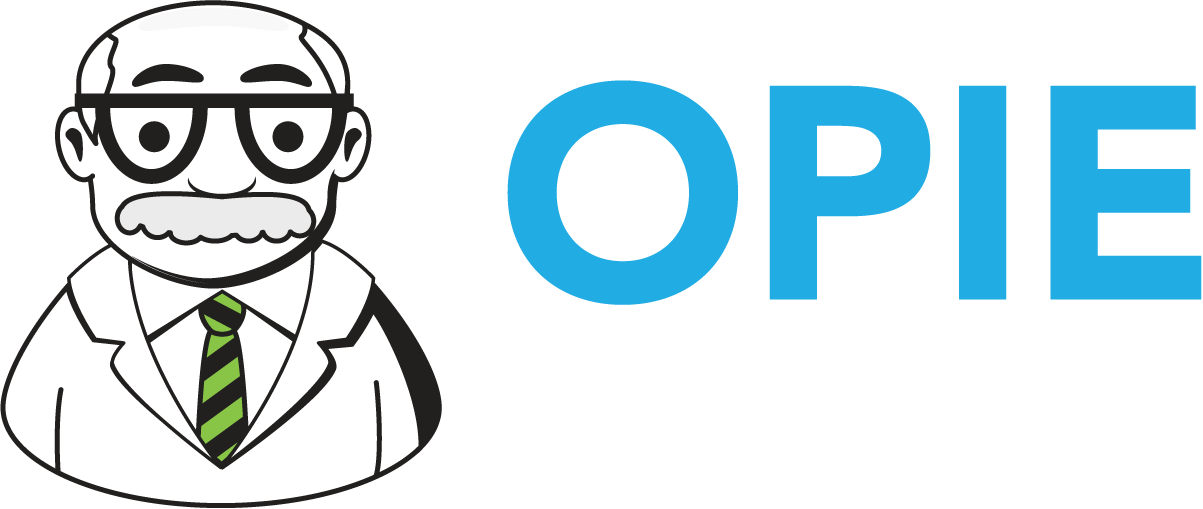Getting Paid Appropriately
It is frustrating as a care provider to not know if you are going to be paid for the work you do, and to have to fight for approval to even provide those services. Let’s think radically for a minute. And let’s put ourselves in the payer’s shoes. What do they know about you and what you do? What story do you tell when you request payment for services? Does that story paint a compelling picture to a decision maker who does not understand O&P? While detailed clinical notes are essential for tracking patient progress and ensuring continuity of care, they often paint an incomplete picture of the impact of your interventions. Your documentation needs to go beyond the technical aspects and capture the human stories (through data) – the struggles overcome, the milestones achieved, and the lives transformed.
There is a growing body of research demonstrating the long-term value of appropriate orthotic and prosthetic (O&P) intervention across various populations. Let’s look at the research and think about how you can incorporate this in your documentation
Value: Improved Mobility and Function:
Studies have shown that O&P interventions significantly improve mobility and function in individuals with amputations, gait abnormalities, or other musculoskeletal conditions. https://www.ncbi.nlm.nih.gov/pmc/articles/PMC6664837/ This can lead to increased independence, participation in daily activities, and improved quality of life. Research also highlights the long-term benefits for children with conditions like cerebral palsy. Early intervention with O&P devices can improve motor development, participation in physical activities, and overall well-being. https://pubmed.ncbi.nlm.nih.gov/21335676/
You can objectively measure and document improvements in gait, balance, and activities of daily living (ADLs) using standardized assessments. This data quantifies the positive impact on a patient's physical function.
Value: Reduced Healthcare Costs:
Studies suggest that O&P interventions can lead to significant cost savings in the long run. By preventing secondary complications like pressure sores, joint deterioration, and hospitalizations associated with limited mobility, O&P interventions can offset their initial cost. https://www.ncbi.nlm.nih.gov/pmc/articles/PMC6595622/
By preventing secondary complications and hospitalizations associated with limited mobility, O&P interventions can lead to significant cost savings in the long run. Documenting these potential cost-offsets strengthens the economic justification for O&P care. Documentation showing reduced fall risk, wound healing progress, and other objective data showing improvement all can be used to tell this story.
Value: Psychological and Social Benefits:
Research indicates that O&P interventions can have positive psychological and social impacts. Improved mobility and function can lead to increased confidence, self-esteem, and social participation, potentially reducing depression and anxiety. https://pubmed.ncbi.nlm.nih.gov/31012753/
Beyond physical improvements, we witness the profound impact on patients' psychological and social well-being. Documenting their increased confidence, social participation, and overall quality of life paints a holistic picture of the value we bring. The PROMIS-29, available in OPIE, is a great tool for documenting the changes your patents experience between eval and successful intervention.
Investing time and effort in comprehensive documentation is not just paperwork; it's a strategic investment in the future of our profession. By effectively communicating the value you bring, you can:
Secure continued support for O&P services: Strong evidence-based documentation strengthens arguments for adequate funding and insurance coverage.
Attract new patients: By showcasing success stories and the positive impact on quality of life, you can attract new patients seeking to regain independence and improve their well-being.
As O&P professionals, you are not just suppliers of parts. But what do your stories say you are? Your documentation needs to tell the stories of the transformative power of your interventions, extending their impact beyond the individual patient and contributing to a future where everyone has access to the life-changing potential of this essential field. By embracing the power of comprehensive documentation, you can ensure that the stories of your patients, and the value you bring, are heard loud and clear.
JUST SAY NO to below Medicare contracts!
For Further reading, here are some specific examples of research supporting the long-term value of O&P interventions:
A 2019 study published in Prosthetics and Orthotics International found that individuals with transtibial amputations who received appropriate prosthetic fitting experienced improved gait, balance, and quality of life over a five-year period. https://www.ncbi.nlm.nih.gov/pmc/articles/PMC4831900/
A 2018 study published in Archives of Physical Medicine and Rehabilitation found that children with cerebral palsy who received ankle-foot orthoses (AFOs) showed improved walking ability and participation in physical activities over a two-year period. https://www.ncbi.nlm.nih.gov/pmc/articles/PMC8607003/
A 2017 study published in The Journal of Bone and Joint Surgery found that total knee arthroplasty (joint replacement) combined with appropriate orthotic intervention resulted in better long-term outcomes and reduced healthcare utilization compared to surgery alone. https://www.ncbi.nlm.nih.gov/books/NBK507914/

